What is TMD?
What is TMJ and TMD?
TMJ is the common abbreviation for the temporomandibular joint, which sits directly in front of the mid-section of your ear and connects your mandible (lower jaw) to your skull. It allows your jaw to open and close, enabling you to speak and eat.
Though one of the smaller joints within the body, the TMJ is capable of with-standing significant, repetitive loads generated with biting and chewing. One reason for the TMJ’s resilience is that its articulating surfaces are lined with a special lubricant called fibrocartilage. Unlike the cartilage that lines the majority of other skeletal joints, fibrocartilage is less susceptible to the wear and tear effects of aging.
Despite its small size, the TMJ can have far reaching detrimental effects when it is inflamed or injured.
TMD is the abbreviation for temporomandibular dysfunction or temporomandibular disorders- both of which refer to pain or injury in the TMJ and surrounding muscles.
Common signs of temporomandibular dysfunction (TMD):
Pain over the TMJ itself or muscles involved in its operation
Ear symptoms (i.e.ear pain, fullness, tinnitus)
Tooth pain
Headaches
Difficulty swallowing
Pain with movement of the jaw
TMJ noises
Limited opening range / locking episodes
Interestingly, active trigger points in certain jaw muscles can present as tooth pain. The sinus pain in your cheek may not be coming from your sinuses at all but rather your TMJ!
Causes
Temporomandibular dysfunction most commonly results from cases of macro trauma like direct impact to the jaw or car accidents, and/or repetitive micro trauma like chewing one’s finger nails, inside cheek biting, clenching or grinding. Postural dysfunction can also contribute to TMD as it forces both the jaw joints and supporting musculature to operate under increased load.
Treatment
Physical therapy can help significantly in treating TMD. Treatments may include:
Changing your behaviours and habits
Education regarding effective home management measures
Home exercise programs
Manual therapy techniques
Acupuncture and Dry Needling
If you or someone you know is currently showing signs of TMD, schedule an assessment and let us help you reduce your symptoms and implement some effective treatment strategies!




